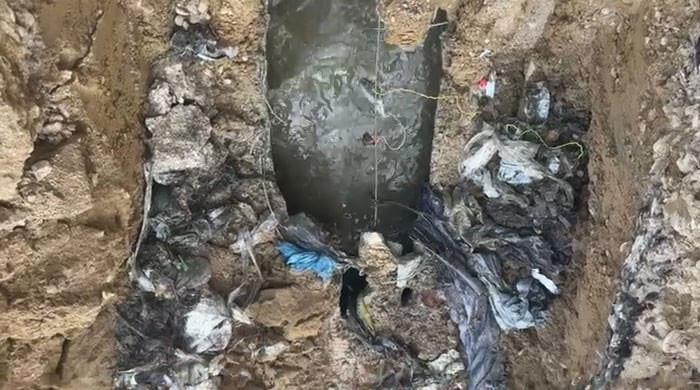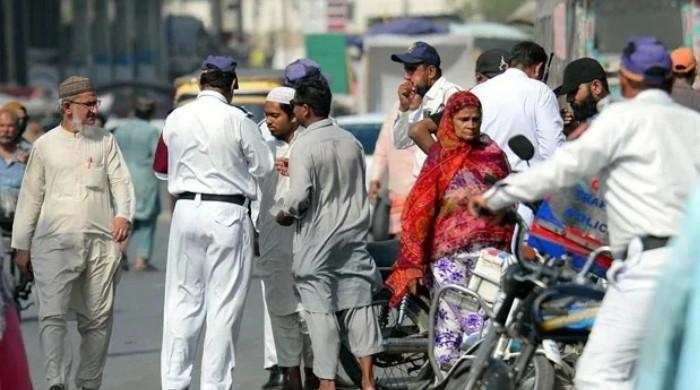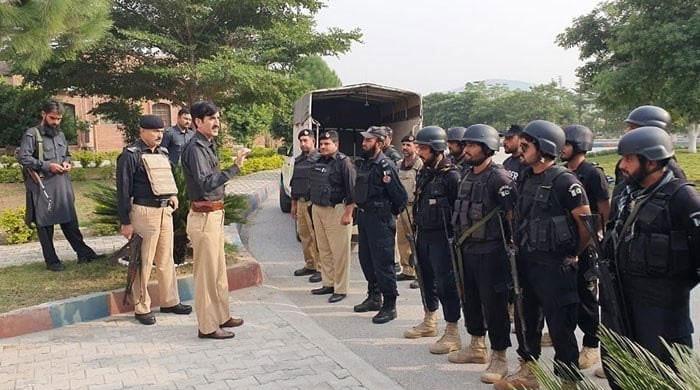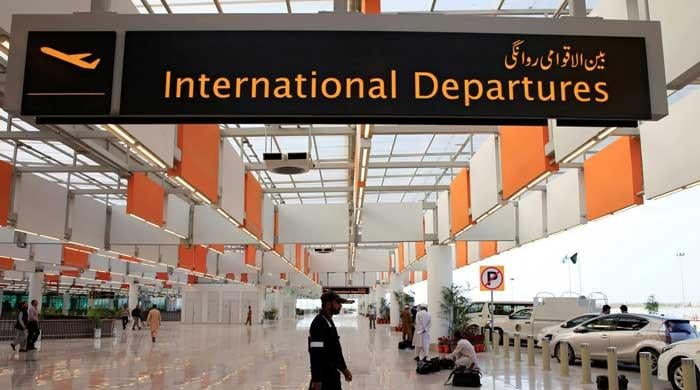Pakistan’s strategy to contain the virus is working. Here is why
Pakistan is learning faster than others, taking decisions quickly, and executing them rapidly
April 03, 2020
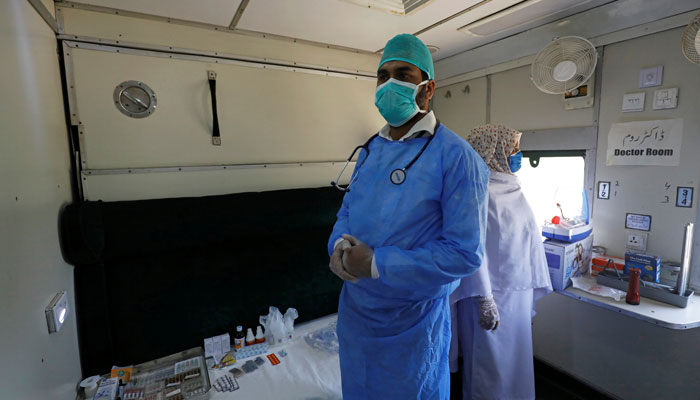
The COVID-19 has hit the most powerful countries and the most vulnerable with equal force.
No one, it seems, is safe, no matter where you live or who you are. In fact, I would argue that powerful countries are the greatest at risk as they are more connected, compared to the developing ones.
Hence, it is only fair to draw comparisons on how Pakistan, which is typically ranked at the bottom of the pyramid for health indicators, fares against the very best and most powerful nations around the globe.
Read also: Pakistan economy to loose 2.5 trillion due to coronavirus
In the midst of the pandemic, the Pakistani government has been doing a stellar job thus far. But the number of cases have been spiking. This means that each day will test the government’s resolve, actions, clarity and preparedness.
Till now the government’s strategy has been the following:
- Contain: Suspending all international flights, quarantining people at the Iran-Pakistan border and quickly tracing and tracking travellers at airports.
- Delay the spread: One thing is clear, as of now, you cannot stop the virus in its tracks, but you can slow down the transmission. To do exactly that the Pakistani authorities have been tracking every traveller and his local contacts. Schools, colleges and marriage halls have been shut down. In fact entire neighbourhoods have been locked down, where more than one case of the virus has been detected. This strategy is working. There are currently around 19,000 suspected cases, according to the NIH website.
Take my example. I have four travellers at my house, including myself, who have gone abroad in the last two weeks. Each one of us has been getting messages from state authorities to check if we have any symptoms.
- Preparedness: The government has been working to increase its testing capacity and other resources. The National Coordination Committee was recently activated to ensure smooth coordination across the country. At the same time, the NDMA is procuring more testing kits, protective suits, face masks and ventilators.
- The economy: It is a given that in such crisis the hardest hit will be the poor and the economy will more or less tank. Hence, the government, including the central bank, have already announced many measures to help businesses and the poor to get through these difficult times.
All of the above measures will help buy scientists time to create a vaccine. As per some reports, this could take up to six months to a year.
Read also: A new normal: The pandemic has forced Pakistan to go digital
In Pakistan, Dr Tahir Shamsi, head of the Karachi-based National Institute of Blood Diseases and Bone Marrow Transplantation, recently said that he is working on developing a solution around plasma transfusion. This would help critically ill patients to be treated from the plasma of recovered patients.
Now, the total number of COVID-19 cases around the world is 937,941, as of April 2. Whereas sadly 47,273 have fallen prey to the virus. Out of the active cases, 35,772 are reported to be critical. All countries of the world are more or less in their second month of reporting the cases, including Pakistan.
If we add the infected from the top seven countries - USA, China, United Kingdom, Spain, France, Italy and Germany – they come to a total of 676,034. That means that 72 per cent of the cases come from these seven countries alone. If you add Iran to the mix, the number would go up to 723,627.
When we analyze the data for number of deaths recorded so far, the total deaths are 47,273, as of April 2. Of which 81 per cent are recorded from the top seven countries.
Read also: Pakistani patient who recovered from coronavirus donates blood plasma for treatment
Another extremely important number to track is that of critical patients, which is 35,772. Over 70 per cent of these patients are from the top seven countries.
My point is that Pakistan, so far, has done exceedingly well with its meagre resources on its 35th day of reporting the virus, which has enabled us to delay the spread. Pakistan’s has recorded 2,443 confirmed cases, as of April 3. That means that its share in the total registered cases worldwide is only 0.24 per cent. Till now, 35 people have lost their lives, which makes it less than one percent of the total deaths reported around the globe.
Let me put this in perspective. In terms of the total number of confirmed patients, we are ranked number 35th in the world. In terms of number of deaths we are ranked 44th, while in terms of number of critical patients we are ranked 57th in the world.
Now, we have one advantage. We are not as connected as rest of the world in terms of global travel. However, we must also remember that we border China and Iran, both have been the most vulnerable to the deadly virus.
Nevertheless, Pakistan is learning faster than others, taking decisions quickly, and executing them rapidly.
But the battle is not yet over. It might have only just begun. There is no time to relax. Now is the time to be more aggressive, more alert and to ensure we put up a united fight.
The author is a corporate executive turned entrepreneur who serves on various boards and advisories.




